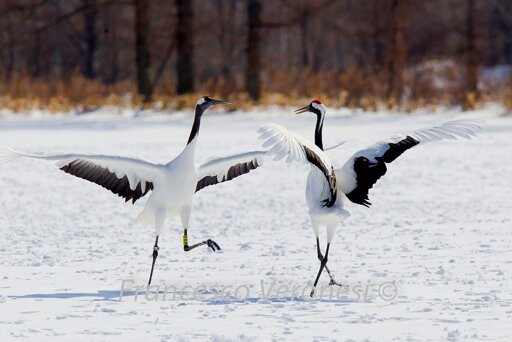The IUCN Red List has long been the globally recognized gauge for assessing how close to extinction a given species is. An improvement in the species’ conservation status from a higher to a lower threat category, known as downlisting, can signal conservation success. But a recent study says this must be done cautiously to avoid prematurely cutting off needed conservation efforts and funding. It cites the case of the woylie (Bettongia penicillata), a small Australian marsupial, which was downlisted from endangered to lower risk in 1996. Soon after, its population fell by 90%, prompting a reclassification to critically endangered in 2008, suggesting conservation efforts had ended too soon. After conservationists intervened again, its status improved in 2024 to near threatened. The study trawled through the 163,040 assessed species on the IUCN Red List for cases of downlisting. It found that about 1,500 species saw their conservation status change between 2007 and 2024: about 85% had been uplisted (they’d moved closer to the extinction end of the scale), while 222 species (15%) were downlisted. One positive trend, the researchers observed, is that more critically endangered species were downlisted to endangered, than being uplisted to extinct. This highlights the effectiveness of the red list in helping drive conservation, they write. To understand the effects that downlisting can have, especially for species that attract public interest and funding, the researchers looked at controversies around four well-known species: saiga antelope (Saiga tatarica), giant panda (Ailuropoda melanoleuca), red-crowned crane (Grus japonensis) and black-faced spoonbill (Platalea…This article was originally published on Mongabay
From Conservation news via this RSS feed


